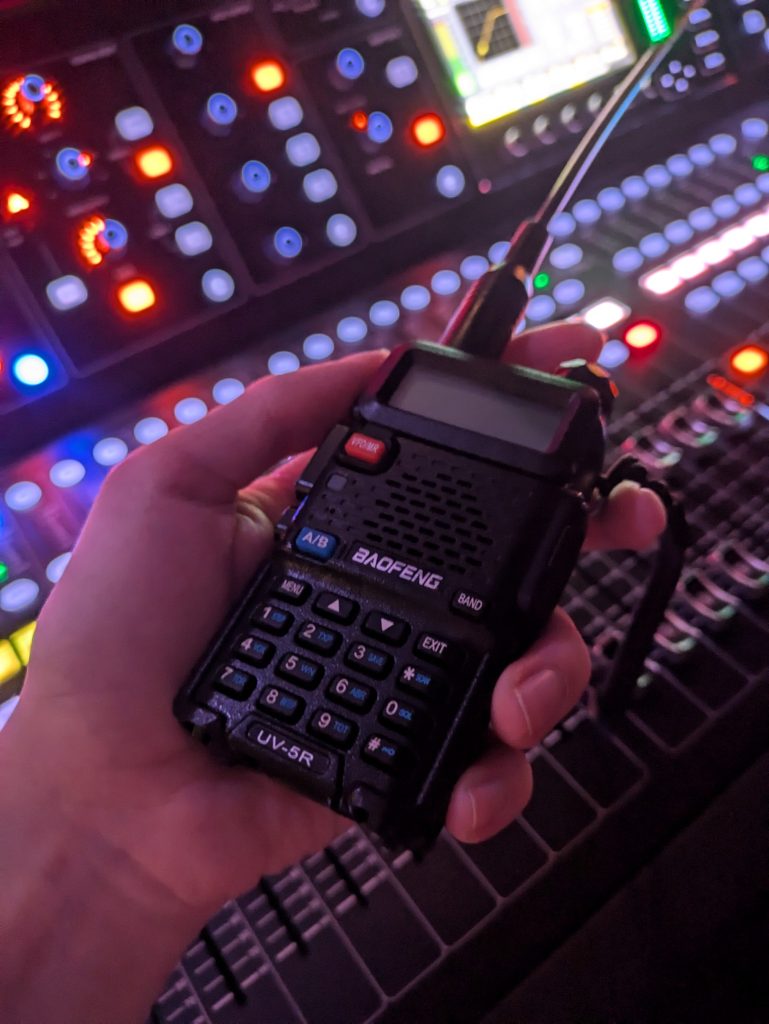The International Space Station has equipment on it to facilitate radio communication with Earth, including radio communication with amateur radio enthusiasts. I picked up a handheld VHF/UHF radio for the first time a few days ago, with one of my goals being to receive signals from the ISS. It takes 93 minutes for the Space Station to complete one orbit of the planet, and by the time it’s completed one orbit the place you are standing on the surface of the Earth will have moved out from under it; there is often only one good chance to receive something per night.

The relevant frequencies if you want to do this are 145.800 MHz for direct communication with the astronauts on board (or receiving SSTV images) or 437.800 MHz for receiving signals that are using the ISS as a ground-space-ground repeater. Since I don’t have a license to transmit and I don’t expect the astronauts to be manning the amateur radio, I focused on the second one. This allowed me to hear the transmissions of radios more than one hundred kilometers away, far beyond the capability I’d normally have.
The connection is pretty inconsistent, and lasts for only two or three minutes even under ideal conditions. I’m keen to experiment further with different antenna options in order to see what works best. Antenna orientation also seems relevant to signal quality, but it’s difficult to adjust for this as the orientation of the ISS relative to the ground is not static. I acquired this radio at a fortuitous time, as I’ve been told we’re expected to have two weeks of good ISS passes to work with.
